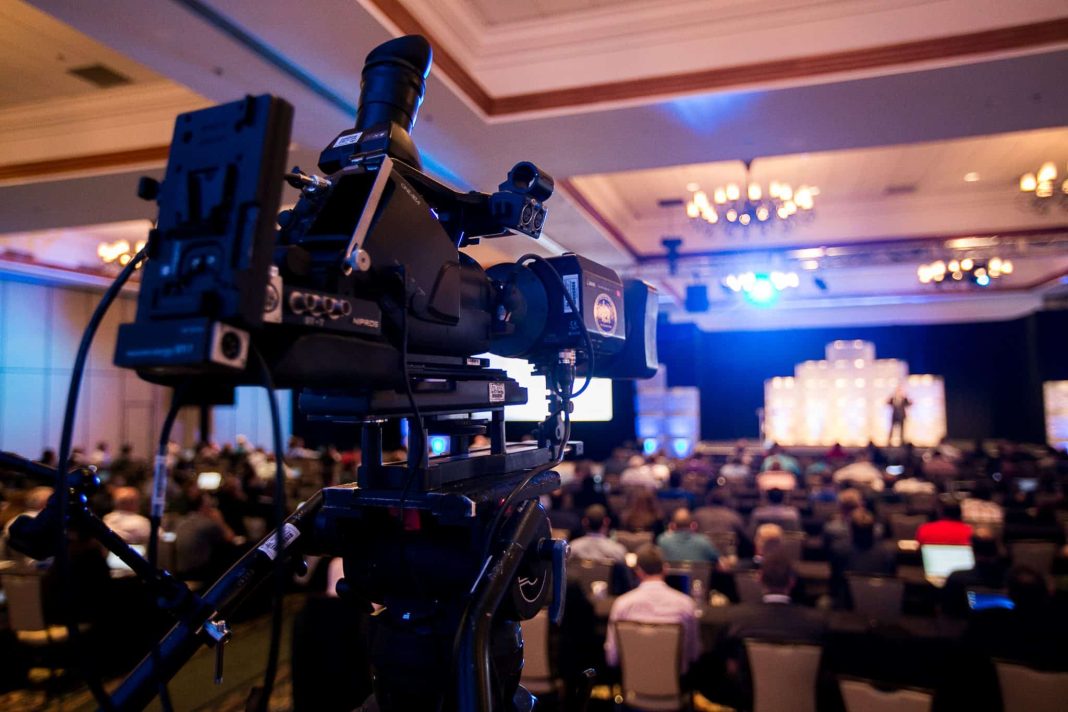
The U.S. labor market has seen significant changes since last year’s Labor Day holiday. Despite the Federal Reserve’s efforts to tighten the economy, the job market has cooled off. The number of new jobs this year has reached 1.9 million, compared to 1.4 million in 2023. However, the unemployment rate has risen from 3.5 percent to 4.3 percent.
One indicator of the job market’s cooling is the decline in job openings. The Bureau of Labor Statistics reported a decrease of 1.1 million job openings since September 2023. According to RedBalloon’s Freedom Economy Index, around 70 percent of small businesses are neither hiring nor reducing staff. This trend is reflected in the data from Challenger, Gray & Christmas, Inc., which shows that hiring is at its lowest level since 2012.
Various reasons contribute to businesses’ reluctance to add staff or make cuts. Economic and political uncertainties play a role in their decision-making. For example, Troy Miller, president and CEO of National Religious Broadcasters, stated that his organization is waiting to see how the economy performs after the election before making any hiring decisions.
Workers are also feeling the effects of the cooling job market. The number of people quitting their jobs has decreased, and the New York Fed’s Survey of Consumer Expectations indicates that more individuals anticipate receiving a pink slip in the next 12 months. The share of individuals searching for a job has also increased, reaching its highest level since 2014.
Concerns about job loss are widespread, with 55 percent of full-time workers worried about losing their positions. Workers like Keith, a tech professional, are actively searching for additional employment opportunities to secure their financial stability. Keith emphasized the need for higher wages to keep up with the cost of living and the growing expenses of raising a family.
While the overall inflation growth rate has stabilized, prices continue to rise in some areas of the economy. The CPI has increased by over 20 percent since January 2021, while real hourly compensation has fallen by more than 4 percent. This disparity between earning and the cost of living is a significant factor in workers’ decisions to seek additional income.
Looking ahead to Labor Day 2025, the Federal Reserve is shifting its focus to maximum employment after addressing inflation concerns. Despite raising interest rates, the Fed has not collapsed the labor market. Unemployment has reached its highest level since October 2021, primarily due to an increase in the supply of workers rather than layoffs.
Economic forecasts predict slightly higher unemployment rates in the coming years. Preston Caldwell, Morningstar’s chief economist, forecasts a rise to 4.4 percent in 2025 and 4.5 percent in 2026. However, U.S. employers are still planning to give 3.5 percent raises next year, indicating some confidence in the job market’s stability.
In conclusion, the U.S. labor market has cooled off since last year, with fewer job openings and increased uncertainty among both employers and workers. The Federal Reserve’s rate cuts may be enough to prevent further joblessness, as the labor market has reached a level that the central bank deems appropriate. However, the future trajectory of the job market depends on various economic factors and policy decisions.


